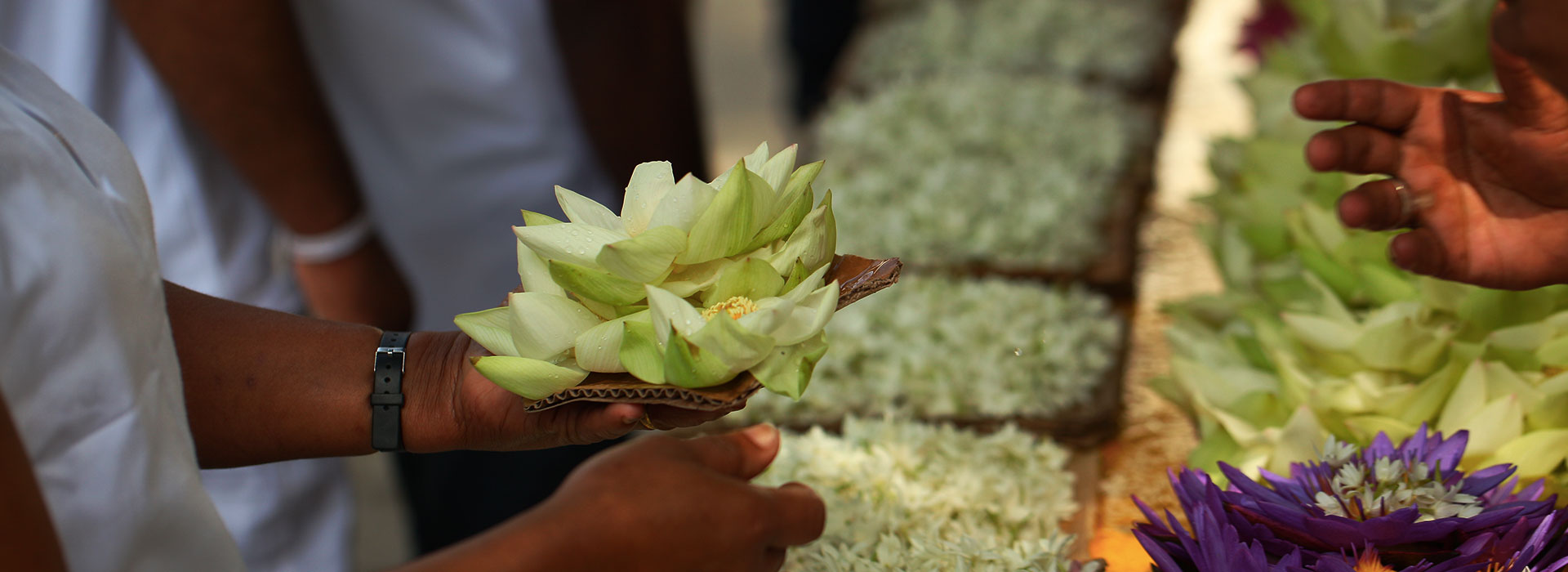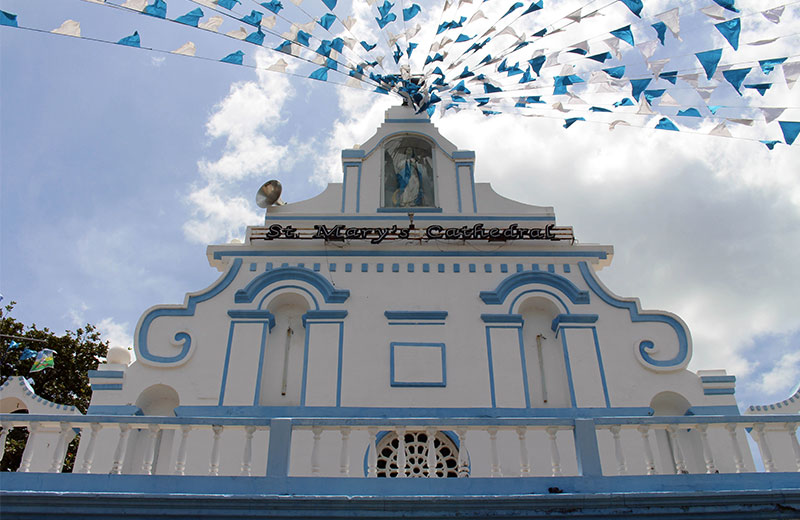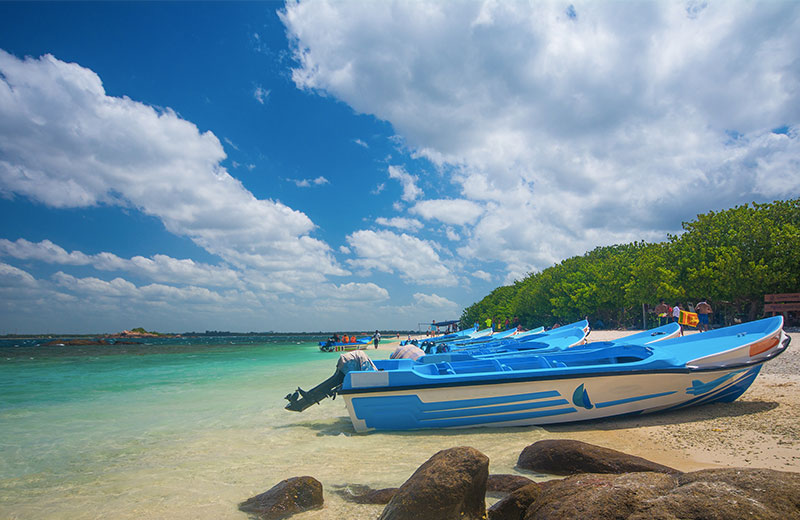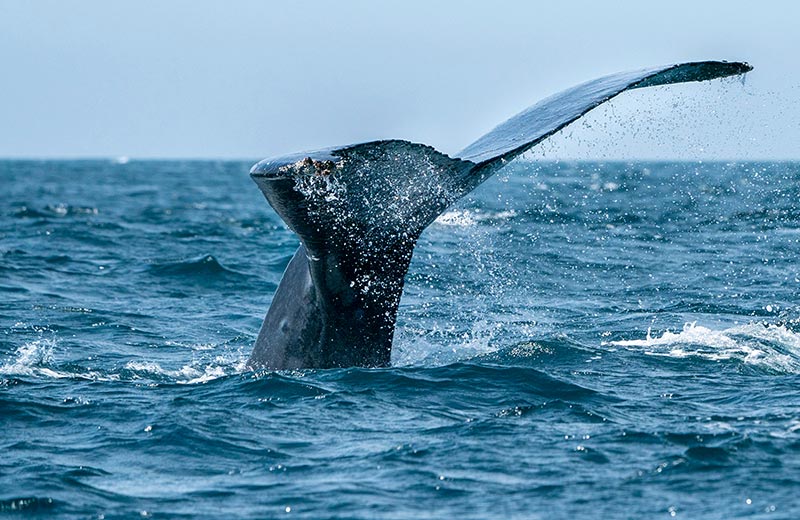Seruwila Mangala Raja Maha Viharaya
History and Significance of the Temple
Built in the 2nd century BC by King Kavantissa of the Anuradhapura Kingdom, the Seruwila Mangala Raja Maha Viharaya in Trincomalee is one of the more significant places of worship for many Buddhists in the country, as it is considered to be a Solosmasthana (one of the 16 places the Lord Buddha visited when he arrived to Sri Lanka). King Kavantissa built the temple with the intention of enshrining the Lalata Dathun Wahanse (sacred forehead bone) of the Lord Buddha, making it all the more important for worshippers. Although frequented by many devotees throughout the year, the temple has gone through some turbulent times, especially during the time of the Chola and Pandyan invasions that took place during the 11th century, which left the temple in a state of decay and neglect.
Rediscovery and Restoration
The 1920s, however, saw the rediscovery of the place of worship located in the vicinity of some dense jungle landscapes, and has been restored ever since. The other features such as the ancient pond, northern entrance, western entrance, Bodhigara, the stone paved terrace of the stupa, and the monks’ residence (Awasa) have also gone through extensive restoration, which has made it easier for veneration, and to reimagine its original grandeur.



